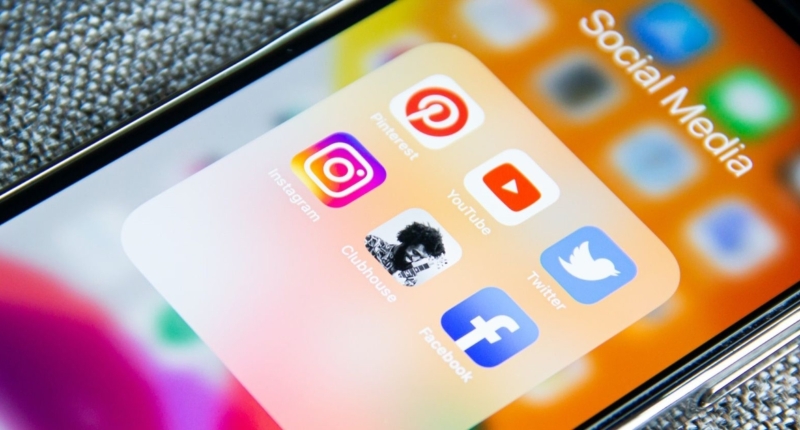Generative AI has the potential to revolutionize social media content creation and sharing. However, it carries certain risks and drawbacks that could have negative consequences for users. For example, deepfake videos created with generative AI tools can be used to create fake profiles on social media platforms, leading to cybercrime and fraud such as identity theft and impersonation scams. Social media platforms must ensure that their content is trustworthy and comes from reliable sources to prevent users from losing faith in them. Generative AI could also lead to a homogenization of content, resulting in social media becoming an echo chamber where the same ideas and opinions are repeated. It’s crucial to mitigate these potential risks to ensure that social media remains a safe and positive space for sharing ideas and experiences.
The Potential Negative Impact of Generative AI on Social Media
Generative AI is transforming various industries, but its impact on social media is a cause for concern. This technology is already being used to create new content, including images, videos, and text, as well as curate existing content. Although it has potential benefits for users, it also poses some risks and drawbacks. Here are some of the ways that generative AI could negatively impact social media and its users.
1. Robbing Creators of Opportunities
Generative AI simplifies content creation, but it seems that it is mostly for those who use other people’s content, not for original creators. There are videos where a guru recommends using “AI-generated content” to make money. The idea is to spin other creators’ work into something new, with minimal effort.
This is detrimental to creators because it devalues their work and makes it easier for others to steal their content. Since generative AI allows people to create content with little effort, some may opt for this route instead of creating something unique. This could lead to a lot of homogenized, less novel content being created and shared on social media platforms.
You can already see this happening in some of the most popular social media platforms, where content is becoming increasingly similar. An example is the “X can do Y, but most people don’t know….” tweets all over Twitter.
2. Homogeneity of Content
An early side effect of AI-generated social media content is its homogeneity. When AI tools take over content creation, the result is a homogeneous social media experience where ideas and opinions that differ from the mainstream are harder to find. Without unique perspectives from real creators, social media platforms can become echo chambers where the same ideas and opinions are shared repeatedly. This could lead to a stifling of creativity and the reinforcement of biased beliefs.
Social media has become more than just a place to share ideas and experiences. It has also become a source of information, news, and advice. Professionals from various fields give advice and discuss their areas of expertise on popular social media platforms. However, AI-generated content can erode the trust between audiences and the people they follow. How can one be sure that a piece of advice is from an expert and not an AI tool?
The danger here is that people could lose faith in the content coming from social media platforms and, potentially, in the platforms themselves. It is vital to maintain the integrity of social media content by ensuring that it comes from reliable sources and is not just AI-generated content.
In conclusion, generative AI has potential benefits for social media users, but it also poses some risks and drawbacks. Social media platforms need to ensure that their content is diverse, unique, and trustworthy to avoid becoming echo chambers and losing user faith.
The Risks of Generative AI for Social Media Users
Generative AI has the potential to revolutionize content creation and sharing on social media platforms. However, it also poses certain risks and drawbacks that could have negative consequences for users. For example, generative AI tools are already being used to create deepfake videos for malicious purposes, which could be used to create fake profiles on social media platforms. This opens the door to cybercrime and fraud, including impersonation scams and identity theft.
Generative AI can be a double-edged sword with both positive and negative consequences for social media users. While it could transform how we create and share content, it also carries certain risks that must be mitigated. It’s essential to be aware of these potential risks and think about how to address them to ensure that social media remains a safe, positive space for sharing ideas and experiences.
Don’t miss interesting posts on Famousbio

